Little Free Libraries Take Manhattan
Modern design has taken to the streets of Manhattan in the form of tiny public lending libraries. Lodged between stately columns, on a public park bench, nestled in a schoolyard fence, in an alley or at the end of a pier, 10 small-scale designer libraries now reside in New York's East Village and Lower East Side, inviting neighbors and visitors to stop, read and stay awhile. Creations of the Little Free Library (LFL) project, these libraries were designed and built by 10 teams for the New Museum's Ideas City festival.
The Little Free Library project is a nonprofit whose mission is to place accessible lending libraries in neighborhoods worldwide. More than 6,000 libraries have been built this year alone, with a projected 25,000 libraries by the end of 2013, according to the organization's founder, Todd Bol. Whether people build, buy or design their own library, the idea of "take a book, leave a book" is sticking.
The front yards of residential neighborhoods host many of these pocket-size public libraries, allowing neighbors to share and gather right outside their front doors; but for many people who live in Manhattan, the city streets replace front yards; the organizers of this particular project were excited about the opportunity to build a specifically New York–based project. Public plazas, university campuses and art centers, among other sites, are standing in for front lawns and cul-de-sacs.
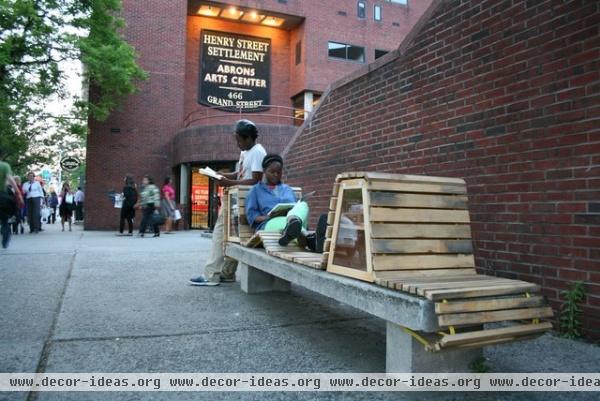
All the libraries were designed specifically for this project by the architecture and design community — and the designers did not hold back. Some libraries use existing architecture as the foundation, like the folded steel frame of the LFL at Cooper Union, while others are freestanding and could be built and replicated anywhere, like Matter Practice's library, somewhat reminiscent of a fishbowl. You can actually go inside some of the libraries, like Stereotank's inverted yellow tank, while others are to be observed, like the laser-cut acrylic of Davies Tang + Toews, but all in some way invite the community in for a closer look.
Location: Abrons Art Center and Henry Street Settlement
Designers: Forrest Jessee and Brigette Borders, Studio.0
Get the plan
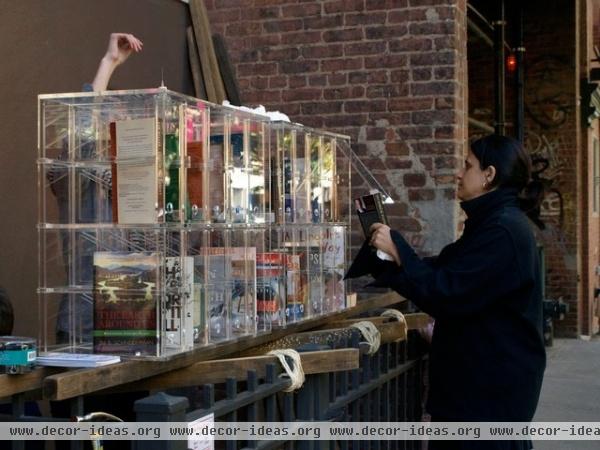
Location: La Mama
Designer: Davies Tang + Toews
Get the plan
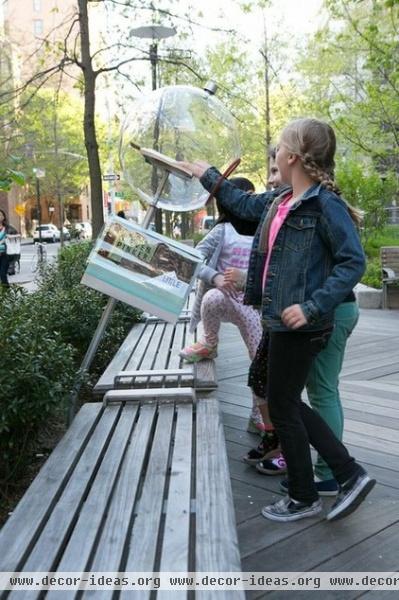
Teams were selected based on "the quality of their work, hands-on fabrication experience and a short statement (100 words or less) that discussed the entrants’ interest in Little Free Libraries/New York," says Anne Rieselbach of the Architectural League of New York, which, along with the PEN World Voices Festival, organized the event.
The organizers were also excited to see how the city would influence the design and overall experience of the libraries.
Location: New York University
Designer: Matter Practice
Get the plan
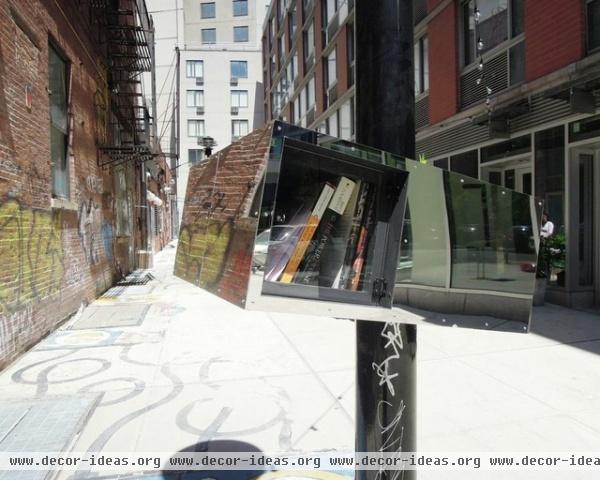
Location: Extra Place, an alley in the East Village
Designer: Stpmj
Get the plan
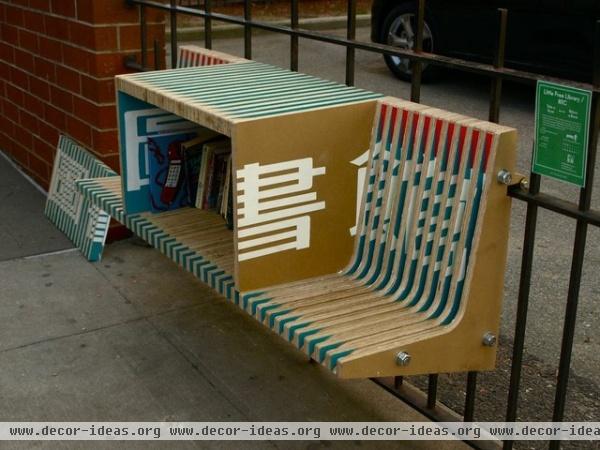
Outdoor space is limited in cities, so a lot of outdoor experiences happen communally — in parks, in cafés or even on the street. This communal experience works well for the NYC libraries. "What is so interesting is how many of the New York architects chose an approach that in many cases created a place to sit and read or talk," says Rieselbach. "Either through incorporating existing infrastructure like park benches, building their own integral seating, or through other design features, [they] created places to pause." Forrest Jessee and Brigette Borders constructed a wooden mat that rolled out and over a concrete park bench, and Chat Travieso attached a bench directly to a wrought iron fence.
Location: Two Bridges Neighborhood Council
Designer: Chat Travieso
Get the plan
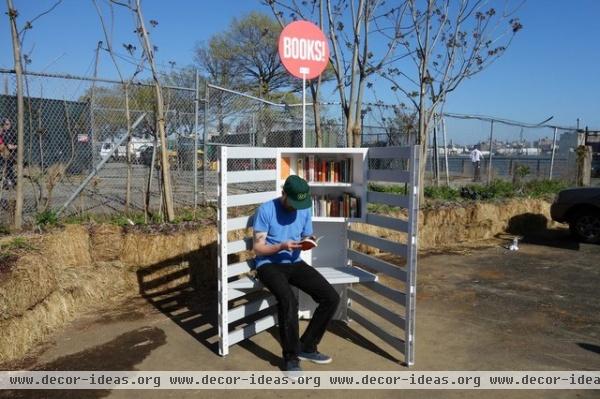
Location: Hester Street Collaborative
Designers: Shannon Harvey, Adam Michaels and Levi Murphy
Get the plan
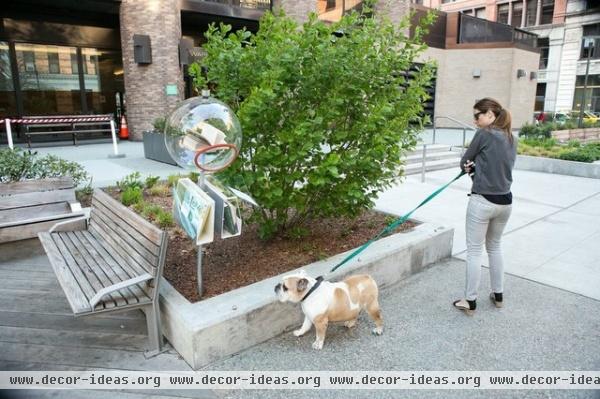
Rieselbach admits there was some vandalism early on and that some locations were experiencing more "take one" than "leave one," but overall the libraries have fared well and have been embraced by their communities. Considering this is New York City, the most populous city in the country and one of the top most populous cities in the world, that's a good sign.
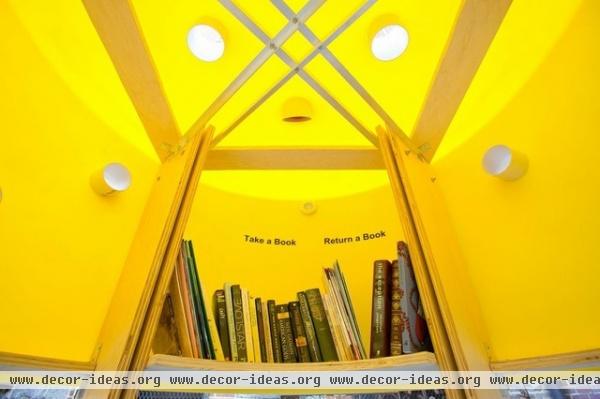
It's possible that LFL has tapped a nerve, that our shared appreciation for books is what we need to bring us together and enjoy our neighbors' company in public — but I think that's only considering the little libraries in the literal sense. Community gardens and urban parklets reveal how many people already use public spaces for gathering and strengthening community ties. These libraries are unexpected and experimental — almost like hidden city treasures — but they also are useful. New York resident Tracey Coffin says she enjoys being able to "skim a book during my lunch break rather than emails." Rieselbach says that these libraries remind us that “no structure is too small to be enriched, and often made more useful, by a carefully considered design that is responsive to its program, users and site.”
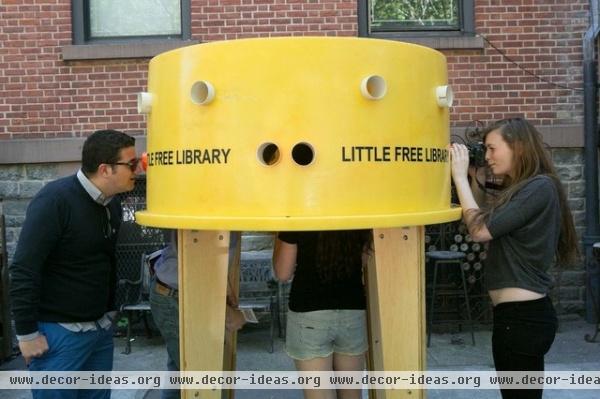
Location: St. Patrick's School
Designer: Stereotank
Get the plan
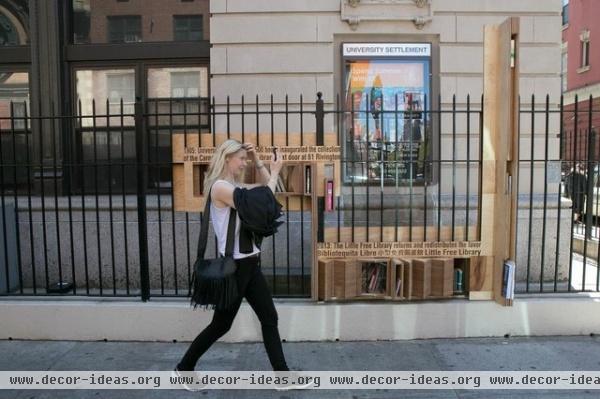
The libraries will come down on September 1, 2013, but you can still experience the designs firsthand through free downloadable plans. Rieselbach says talks are in the works to renew some of these libraries and that the architectural league and PEN are already exploring options for another round of designs next spring.
Location: University Settlement
Designers: Mark Rakatansky Studio with Aaron White
Get the plan
Watch a video about the Little Free Library/NYC here.
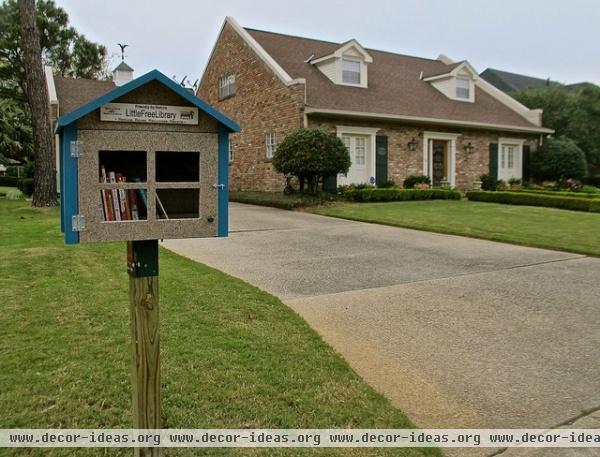
More: Bring a Mini Library to Your Front Yard












